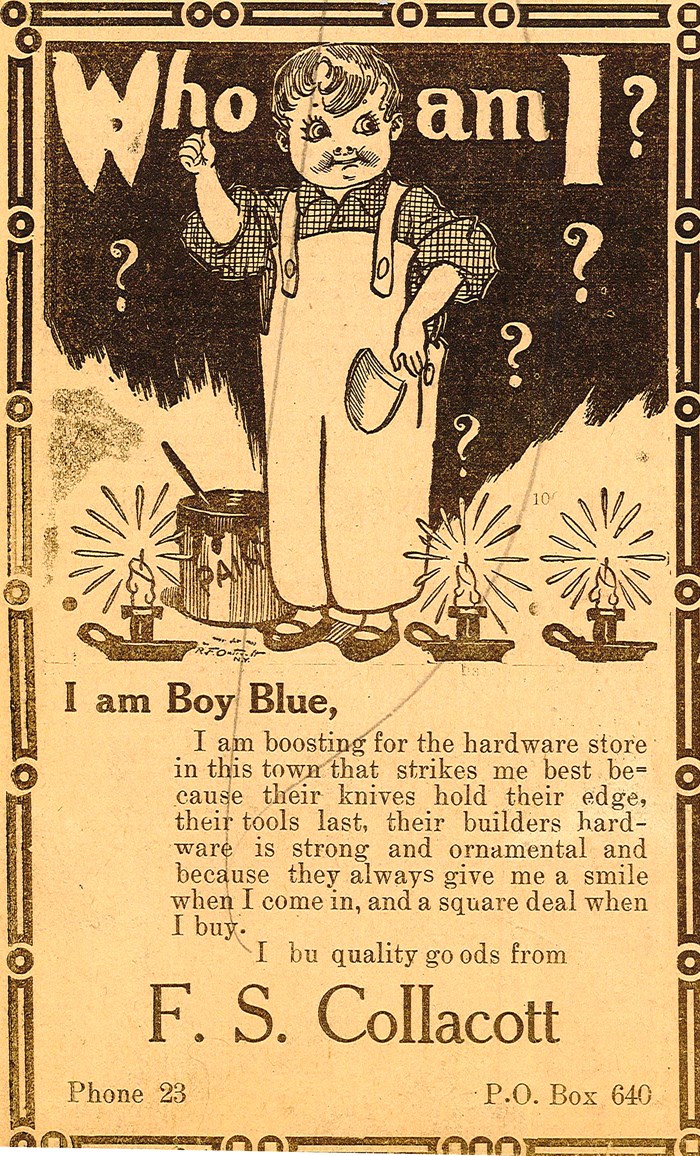January 25 is a recurring day in Canadian history.
It was on this day in 1791 that the British Parliament approved splitting Quebec into Upper and Lower Canada. In 1870, Louis Riel convened the Convention of Forty, proclaiming itself the provisional government of Manitoba and over the next two weeks put together a list of demands to take to Ottawa.
On January 25, 1924, the First Winter Olympics opened in Chamonix in France. A Canadian team was present and our hockey team went on to be the first Olympic gold medalists.
And in 1993, Catherine Callbeck became the first woman elected as premier of a Canadian province when she was sworn in as premier of Prince Edward Island.
Perhaps most pertinent year for this feature, however, is 1912, which was the first sitting of the Saskatchewan legislative assembly held in the legislative chamber of new Legislature building.
During 1911, the assembly met in the reading room of the Legislative Library and remained unfinished until late in 1912. The official opening, a gala affair complete with fireworks happened October 12, The Governor General of Canada, Prince Arthur, Duke of Connaught was in attendance to do the honours.
The ‘Leg’ remains the largest legislative building in Canada owing to the fact that Premier Walter Scott envisioned a province of 10 million people by the end of the 20th century and wanted to build something that would accommodate that growth.
The total cost was $1.75 million.
In its February 1, 1912 edition The Enterprise reported on the auspicious event.
“Saskatchewan’s magnificent new parliament building was used for the first time on Thursday last on the occasion of the formal opening of the fourth session of the Second Legislature of Saskatchewan, By [sic] His Honor George William Brown, Lieutenant Governor,” the article stated.
“Although all the interior woodwork and specially designed furniture was not complete, the chamber presented a very fine appearance, and with the speaker’s and public galleries all crowded with ladies in handsome gowns occupying seats on the floor of the House, the brilliant coloring of the R.N.W.M.P., and other military uniforms the picture presented was one of the finest ever witnessed at opening of a legislature in Regina.”
The paper reprinted the speech from the Throne, which began with the coronation of “Their Most Gracious Majesties King George the Fifth, maw whom God long preserve, and his Royal Consort, Queen Mary” and the appointment of his brother, the aforementioned Prince Arthur as Governor General.
The speech also spoke of the high aspirations for rapid population growth citing the 1911 Census.
“The results of the final computation are not yet public but sufficient is known to indicate that as regard population Saskatchewan now occupies the fourth and possibly the third place amongst the several provinces,” the article reported. “It may be confidently expected that by the time of the next decennial census we will be in a position to rival the older and larger provinces of Eastern Canada.”
Of course, we now know that confidence was misplaced. The 1911 Census enumerated 492,432 people in the province, a 500 per cent increase over 1901, but it would take another 75 years to double that and we have been more or less stagnant since then fluctuating between 988,928 in 1991 and approximately 1,150,000 now.
That week in 1912 you could get men’s and children’s hose (socks) for 12.5 to 25 cents a pair; ladies’ boots for $2.10 to $3.75; men’s boots for $1.35 to $2.25; a dozen “sweet’ Florida oranges for 25 cents; coffee for 25 cents per pound; 50 pounds of salt for 50 cents; and coal oil for 30 cents a gallon.



